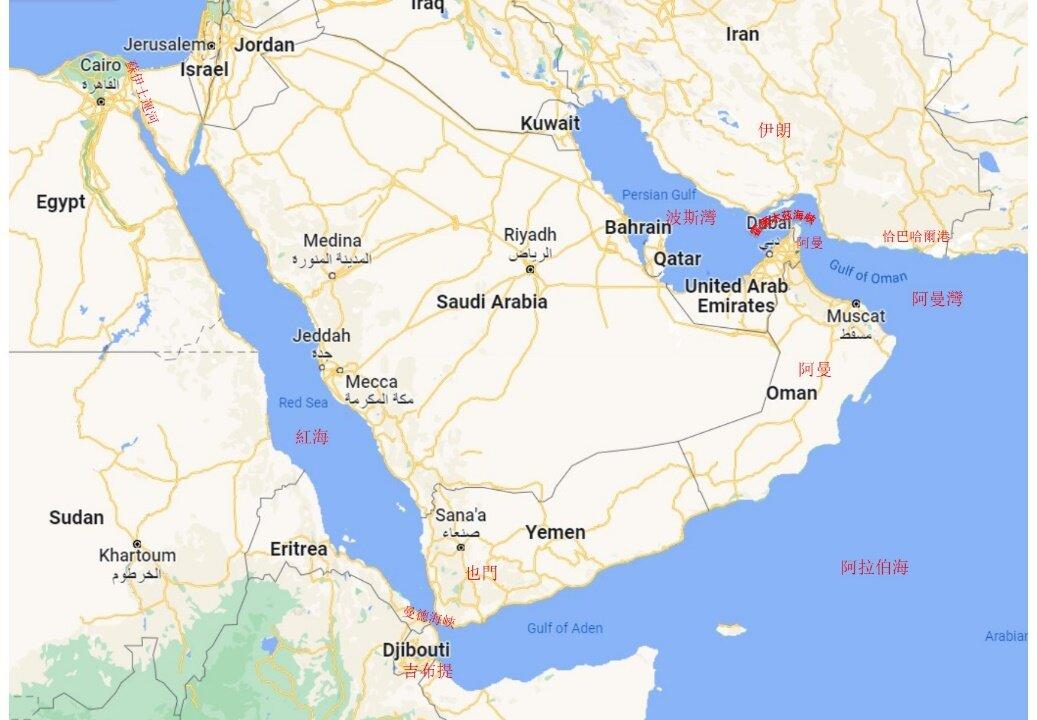The Chinese Communist Party (CCP) is using Iran to tighten its grip on the Middle East’s major oil routes. The objective is to seize a dominant position during the energy crisis triggered by the Russia-Ukraine war. Oman, at the gateway to the Hormuz Strait, has become a target for Iran to expand its influence in the Middle East. Oman is also a key sea and land logistics intersection in the CCP’s Belt and Road Initiative (BRI) and an important part of its energy strategy in the region.
The Persian Gulf and its outlet, the Strait of Hormuz, is the route for at least one-third of the world’s oil shipments. Iran’s coastline dominates the northern shore of the Persian Gulf and the Strait of Hormuz, while the southern shore of the Strait is dominated by Oman and the United Arab Emirates. Part of Oman lies at the apex of this narrow and winding choke point—where all ships must slow down to traverse.





